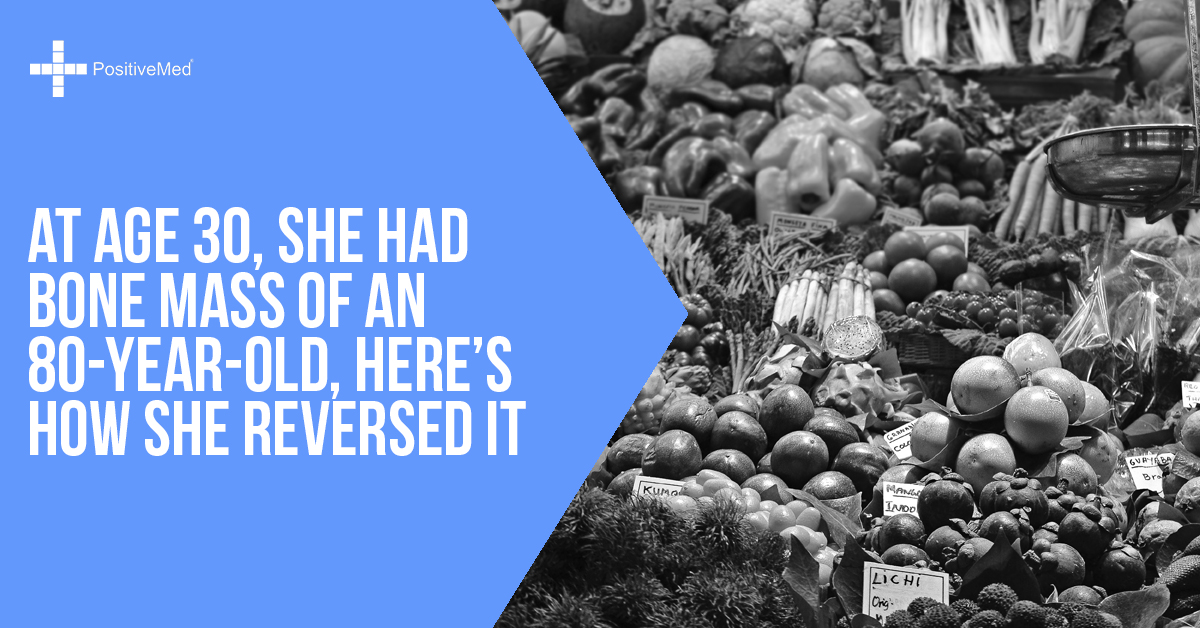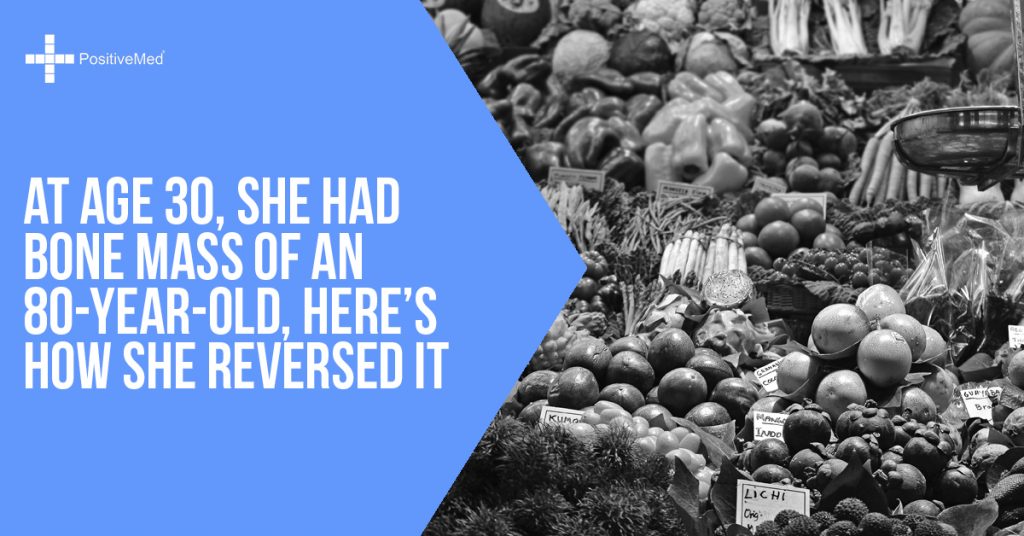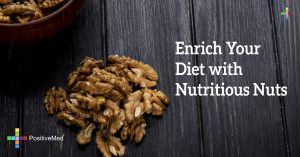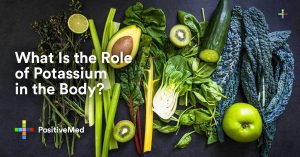Osteoporosis is a common bone disease that happens when the body is depleted of its healthy bones in some way. This may be due to bone loss or bone mass reduction, the body not making enough bone or a mixture of both. When this happens, bones become brittle and weak and can easily break from a fall or even from mild movements like sneezing or minor bumps.

Under a microscope, healthy bones look like a colony of honeycombs. When someone has osteoporosis, there is much more empty space in the honeycomb-like structure than there is bone. Rather than containing density or mass, osteoporotic bones are made up of an abnormal tissue structure.
According to the National Osteoporosis Foundation, around 54 million Americans suffer from osteoporosis or low bone mass, which puts them at an increased risk to develop osteoporosis. Research shows that about half of women and one-quarter of men over the age of 50 will break a bone because of osteoporosis.
One woman, however, was diagnosed with advanced osteoporosis at the age of 30. She began experiencing extreme pain in her lower back and hips and eventually went in to see a doctor. The doctor told her that she had the bone mass of an 80-year-old.
Importance of Diet
What this woman was unaware of was that her body, as well as everyone else’s, requires essential micronutrients to function properly and be healthy. It is important to eat nutrient-dense food that works with your body, rather than empty calories that can harm your body. According to Calton Nutrition, some micronutrient depleters include:
Extreme Diets
Foods containing oxalic acid
Alcohol
Smoking
Stress
High Fructose Corn Sugar
Phosphoric acid
However, with micronutrient therapy, this woman was able to reverse her advanced osteoporosis.
RELATED ARTICLE: The Exact Amount of Calcium You Need for Osteoporosis Prevention
How to Reverse Osteoporosis
Incorporating nutrient-dense foods into the diet is important for bone health. It is also important to limit or cut out sugar, wheat, and other micronutrient depleters that lead to calcium loss.
Without calcium, magnesium, and vitamin D, bone density decreases, resulting in osteoporosis. Rather than going for typical “diet” foods, eat real, whole foods in moderation to ensure your body is getting all of the nutrition that it needs.
High-Quality Foods
High-quality foods supply essential vitamins and minerals than low-quality foods. For example, research from Penn State shows that compared to commercial eggs, pasteurized eggs have twice as much vitamin E and healthy omega-3 fats. Spending a little extra money on higher quality food is very beneficial to your health.
RELATED ARTICLE: 9 Warning Signs You Might Have Osteoporosis
Lifestyle Changes
To avoid osteoporosis, it is also important to reevaluate your exercise routine. Doing constant cardio is good for your heart, but your bones and muscles need strength training to avoid mineral loss through sweat.
Assess any medications you are taking that can counteract micronutrient levels. For example, oral contraceptives may rid your body of important folic acid. Folic acid aids the body in preventing osteoporosis. This means birth control pills may help contribute to the early onset of osteoporosis.
Remember to consult with a doctor so you are supplementing your body in places where there is a void. Find out where you are deficient and focus on those micro-nutrients. Having this healthy diet and these lifestyle changes can make a positive long-term impact on your bone health.
According to WebMD, our bones are the strongest at the age of 30 and begin the decline from there. For this reason, it is crucial for people to understand how essential nutrients help the prevent and reverse many diseases. So many diseases can be avoided if you live a healthy lifestyle and feed your body the fuel it needs to survive and thrive. Osteoporosis is reversible with good nutrition, as are other diseases.








